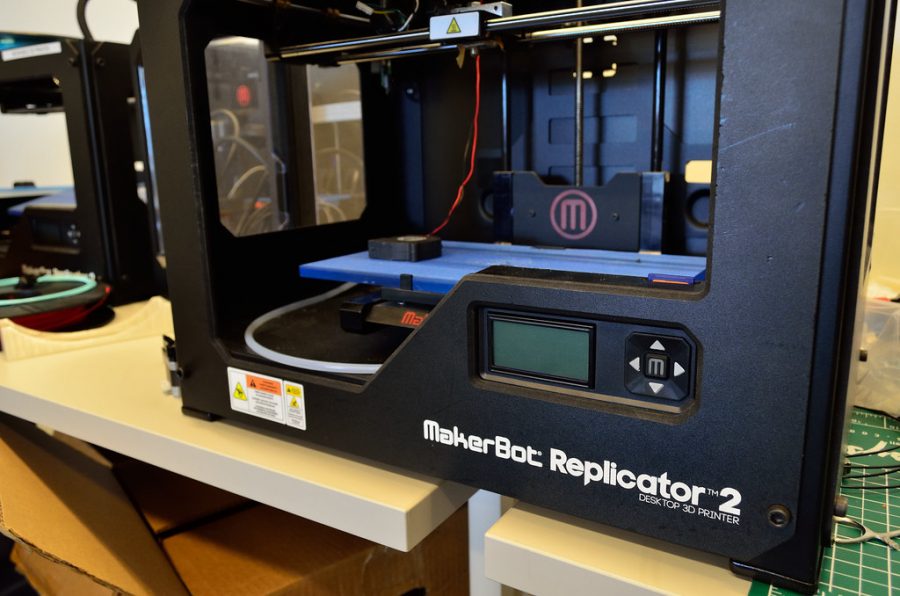Hospitals Start Using 3-D Printers to Recreate Body Parts
New Technologies Can Help Doctors With Transplants and Other Procedures
3-D printers have been growing in popularity ever since they were first created in the 1980s. These machines use materials, such as plastic, to create stunning 3-D sculptures. But, within the past few years, 3-D printers have started to be used by medical professionals.
These 3-D printers help to see the patient’s condition in a more open space and from different angles, which allows the doctor to thoroughly examine the condition in a way a 2D image simply couldn’t allow. These 3-D printers are also used for transplants, as some labs have replicated corneas, which are a part of the eye, organs, bones, and even ears and noses. These prints can take anywhere from a few hours to multiple weeks to create a part of the body. 3-D printing body parts is very complicated and doesn’t use plastic like most 3-D builds. Instead, the process uses the patient’s tissue to create new cells that, in turn, create new tissue for the doctor to use.
In conclusion, 3-D printing body parts is an incredibly complicated way to deliver transplants to patients in need, and it is no doubt that this is a giant step in the medical field.
RELATED STORIES:











